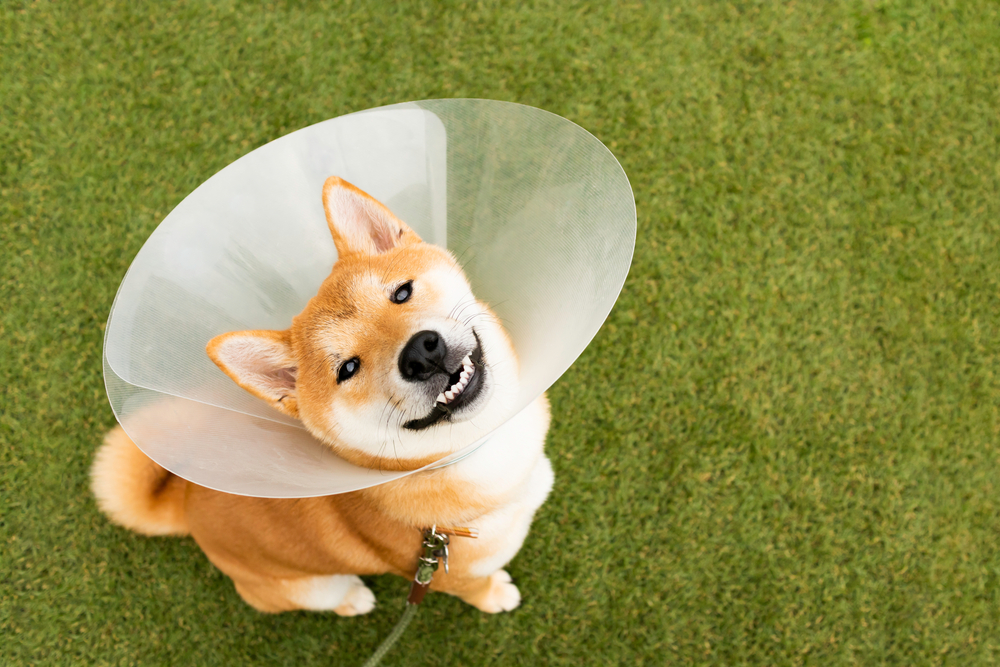One of the most common questions asked of veterinarians is, “When should I spay or neuter my pet?” In the past, the answer had been simple—before 6 months of age. Currently, however, the ideal time to spay or neuter is debatable—and the recommendations more complex. Our Palisades Veterinary Hospital team is here to provide you with the latest evolving spay and neuter information. Learn the important factors you should consider while deciding when to spay or neuter your pet.
Benefits of early pet spay or neuter
Early pet spay or neuter is performed before your pet reaches 6 month of age, while they are still growing, and before they reach sexual maturity. Early spay or neuter has many benefits. To help decide if your pet would benefit from early spay or neuter, ask yourself the following questions;
- Is my pet at risk of escaping to roam and produce an unplanned litter?
- Is my pet displaying unwanted behavior, such as urine marking or spraying?
Early spay or neuter procedures decrease these risks.
Early spay or neuter procedures contribute to your pet’s health, and may be required for adoption. Consider these early spay or neuter benefits:
- Lower cancer risk — Early spay or neuter lowers your pet’s malignant mammary cancer risk. Dogs spayed before their first heat have a three to seven times lower mammary cancer risk.
- Small-size pets — Small-size pets better tolerate an early spay or neuter procedure.
- A requirement — To fulfill your pet’s adoption agreement, many animal shelters, rescue organizations, and pet breeders require you to commit to your pet undergoing an early spay or neuter procedure.
Early spay or neuter risks in pets
Pets who are spayed or neutered early have a higher risk of some health conditions. For example, dogs who are spayed or neutered early have increased hip dysplasia and cranial cruciate ligament rupture risk. Dogs who are spayed early have a higher urinary incontinence risk. Certain cancers may be more common in large-breed dogs, such as golden retrievers, who were spayed or neutered at an early age. Keep in mind that these correlations may not indicate cause. For example, neutered pets may have a higher incidence of some cancers, not because they are neutered, but because neutered pets live longer. In addition, neutered pets may have more joint problems, not because they are neutered, but because neutered pets often are overweight. Additional study is needed before veterinarians can confirm these risks.
Spay and neuter data on cats
Spay and neuter recommendations are more straightforward for cats than dogs. The American Veterinary Medical Association recommends that all cats not intended for breeding be spayed or neutered by 5 months of age. The Veterinary Task Force on Feline Sterilization For Age of Spay and Neuter Surgery developed this evidence-based recommendation because “Fix by Five” supports individual cat health, controls the cat population, and is easy to communicate and remember. Male cats are prone to urethral blockage, a serious disease that carries a guarded prognosis, but keep in mind that early neutering does not affect urethra size. In addition, cats who are not neutered are four times as likely to be bitten by another animal or hit by a car.
Spay and neuter data on dogs

As they age, male dogs who are not neutered commonly develop adverse health conditions because of an enlarged prostate gland (i.e., benign prostatic hypertrophy), which causes urination and defecation discomfort and straining, especially in small-breed dogs. Spaying removes an older dog’s risk of pyometra, a life-threatening uterus infection. Spayed and neutered dogs live longer, and have decreased infectious, immune, vascular, and traumatic disease rates. Neutered dogs have a higher risk of being overweight or obese, but this side effect can be avoided with appropriate feeding and exercise levels. In addition, one study reported that dogs who are not neutered are twice as likely to be bitten by another animal or hit by a car.
Our Palisades Veterinary Hospital team is open to discussing your concerns regarding the best time to spay or neuter your pet. Together, we can talk about your pet’s unique needs, and help you make the best decision to ensure your furry family member’s health and wellbeing.








Leave A Comment